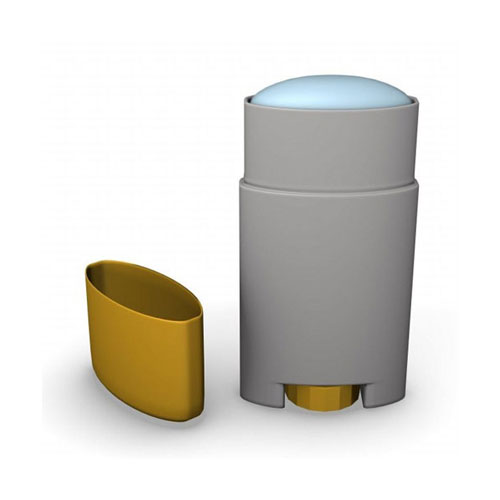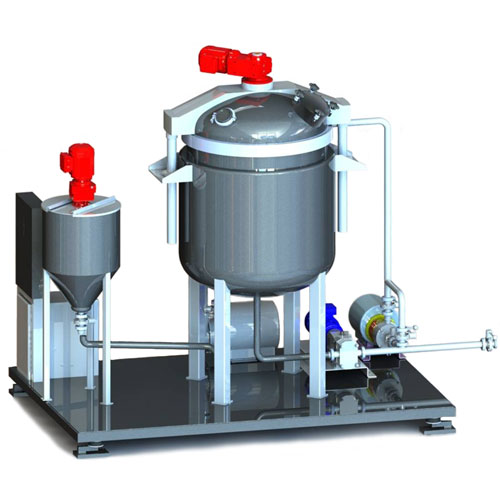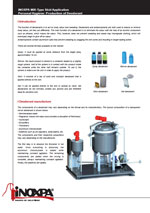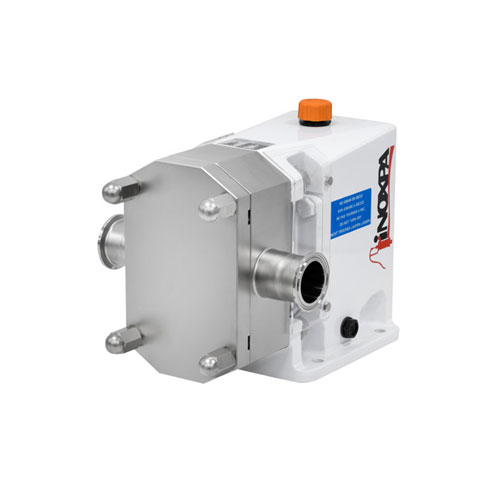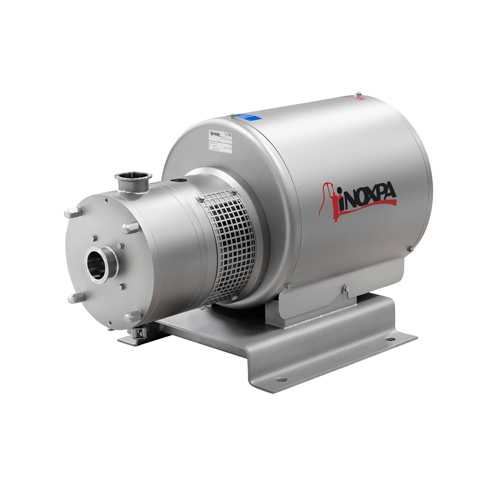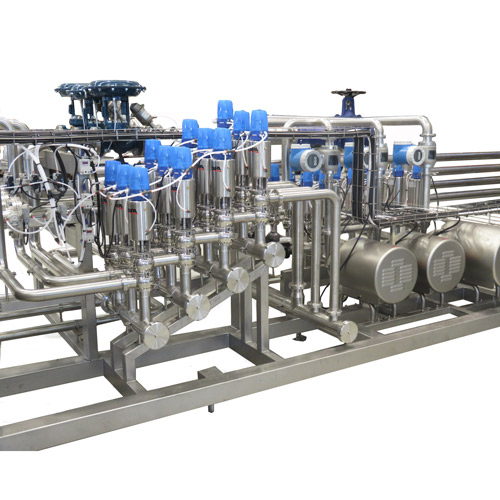The function of deodorants is to act on body odour and sweating. Deodorants and antiperspirants are both used to reduce or remove body odour, yet they act differently. The main function of a deodorant is to eliminate the odour with the help of an alcohol component such as ethanol, which masks the odour. This, however, does not prevent sweating and sweat may impregnate clothing, which will eventually begin to give off an odour.
Antiperspirants contain aluminium salts that prevent sweating by plugging the skin pores and resulting in longer-lasting action.
There are several formats available on the market:
Spray: It must be applied at some distance from the target area, approximately 15 cm.
Roll-on: the liquid product is stored in a container sealed by a slightly rough sphere. Half of the sphere is in contact with the product inside the container while the other half remains outside. To use it, the sphere is rolled over the skin in order to apply the product.
Stick: it consists of a bar of solid and compact deodorant that is applied directly to the skin.
Gel: it can be applied directly to the skin or spread by hand. Gel deodorants do not normally contain any alcohol and are therefore ideal for sensitive skin.
Deodorant manufacture
The components of a deodorant may vary depending on the format and its characteristics. The typical composition of a transparent roll-on deodorant is shown below.
- Demineralized water
- Fragrance (masks the odour and provides a sensation of freshness)
- Humectant
- Emulsifiers
- Thickeners
- Aluminium chlorohydrate
- Additives such as pH adjusters, antioxidants, etc.
The components and their respective proportions may vary depending on the manufacturer.
The first step is to dissolve the thickener in hot water. Once everything is dissolved, the aluminium chlorohydrate is added while maintaining constant agitation. The remaining components are added when the mixing is complete, always maintaining constant agitation. Finally, the additives are added.

